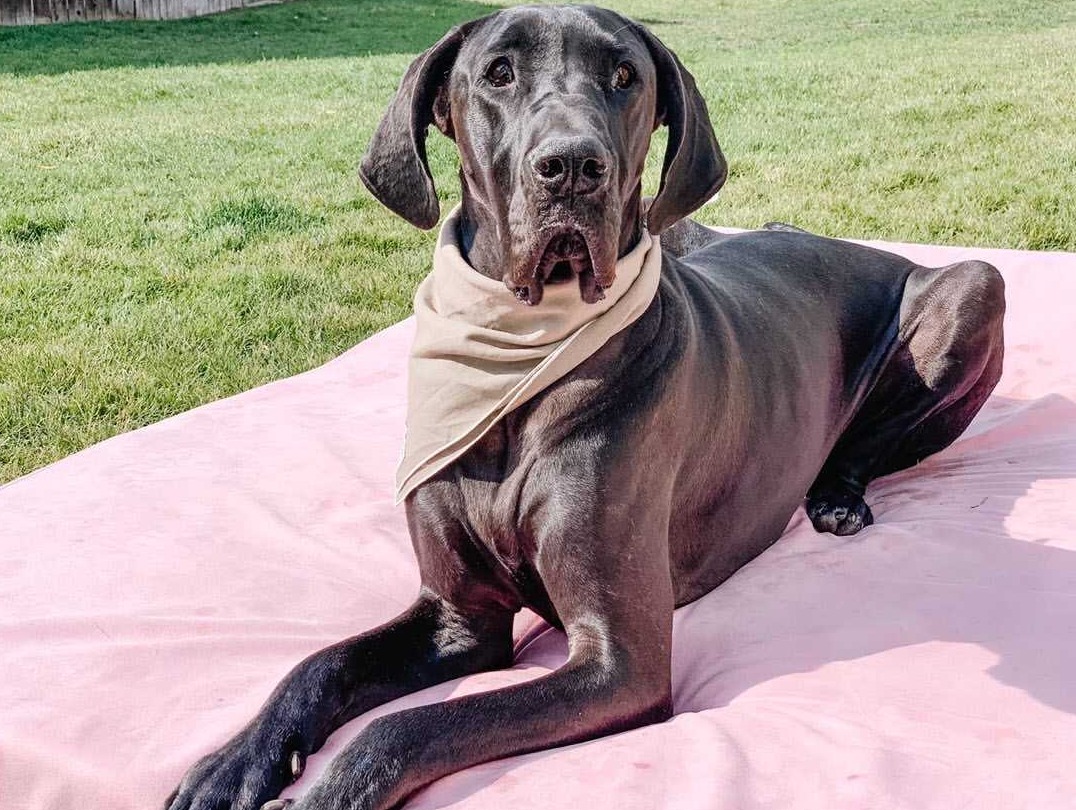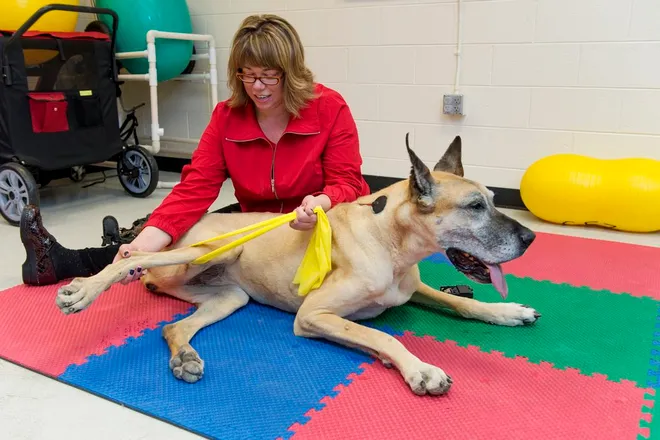
Hello, and welcome to my blog about 5 ways to boost joint health in big dogs! As a big dog owner myself, I know that

Hello, and welcome to my blog about 5 ways to boost joint health in big dogs! As a big dog owner myself, I know that

Wobblers Syndrome in Great Danes is WAY too commonly affecting our giant breeds. Large breed dogs are VERY prone to a cervical vertebral malformation called

Looking for a Great Dane feeding chart with some awesome food information? Curious about the best foods for Great Danes, and what dog food to